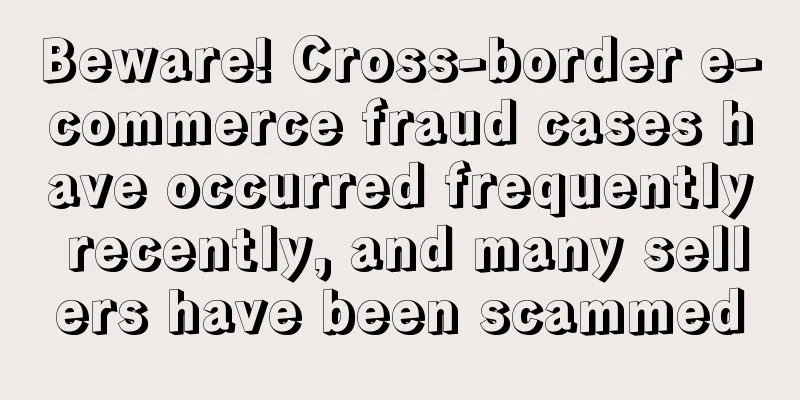What is KC certification? KC certification review

|
In order to enable consumers to more clearly understand the certification marks marked on the products they purchase, and to reduce the various certification costs borne by product manufacturers, the Korea Agency for Technology and Standards (KATS) announced on August 20, 2008 that it would implement a new certification system, KC (Korea Certification), on January 1, 2009. The plan was first implemented in the Ministry of Knowledge Economy in July 2009, and is expected to be expanded to all departments by the end of 2010. The implementation plan of the KC mark is as follows: December 2008: Modification of the "National Standard Basic Law" and its enforcement order; July 2009: The Ministry of Knowledge Economy began to implement and adopt the national unified KC mark; January 2009 to December 2010: Amendment of laws related to standard certification; January 2011: Apply the KC mark to all certifications. According to the "Korean Electrical Appliances Safety Management Act", the foreign name KC Mark announced by the Korean Ministry of Knowledge Economy (MKE) to complete the implementation plan from the national unified mark to all compulsory certifications 1. Introduction to Certification The Korean Ministry of Knowledge Economy (MKE) announced on August 25, 2008 that the National Standards Committee will implement a new national unified certification mark called the "KC Mark" from July 2009 to December 2010. The new mark is called KC Mark, which stands for Korea Certification. The current 13 mandatory marks will eventually be unified under this new mark. One result of this move is that suppliers will spend less on certification fees, making the Korean KC Mark gradually become a world brand certification. However, there is a drawback. The recently issued KCC mark will only be implemented for a few years and will eventually be unified under the new KC mark. 2. Implementation Plan December 2008: Update of national basic laws and existing regulations July 2009: MKE began to implement the national unified logo January 2009 - December 2010: Improving regulations related to certification standards January 2011: Completed the national unified mark to all compulsory certifications 3. Product Catalog KC Mark Certification Products List (KC Certification Product List), according to the Korean Electrical Appliances and Materials Safety Management Act, since January 1, 2009, electrical appliance safety certification is divided into compulsory certification and self-regulatory (voluntary) certification. Compulsory certification means that all electronic products that are compulsory products must obtain KC Mark certification before they can be sold in the Korean market. Factory inspections and product sampling tests are required every year. Self-regulatory (voluntary) certification means that all electronic products that are voluntary products only need to be tested to obtain a certificate and do not need to undergo a factory inspection. The certificate is valid for 5 years. IV. Examination Requirements KC certification factory review initial factory review requirements: South Korea's safety law stipulates that after accepting the application, the authorization needs to conduct the first factory inspection. According to the requirements of the safety law, the factory's quality control system is initially evaluated, involving the following aspects: Factories should produce certified products that are consistent with samples confirmed as qualified by the certification body in accordance with product certification implementation regulations and factory quality assurance requirements. According to Korean safety certification-related laws and the relevant regulations of the Korea Industrial Technology Testing Institute (KTL), your factory should have the following documented procedures or regulations, and the content should be compatible with factory quality management and product quality control: 1) Product change control procedures (e.g., after the change declaration of the certified product is approved by the certification body, the relevant department shall strictly formulate the corresponding technical documents in accordance with the approved change content and issue them to the relevant departments to correctly implement the change of the certified product. If the change is not approved, the certification mark cannot be applied to the changed product.) 2) Document and information control procedures 3) Quality record control procedures {should include a record retention period of at least 3 years (only incoming, routine and operational inspection records are required)} 4) Routine inspection and confirmation inspection procedures 5) Defective product control procedures 6) Inspection or verification procedures for key components and materials 7) Internal quality audit procedures 8) The factory should keep at least the following quality records, including process operation instructions, inspection standards, instrument and equipment operating procedures, management systems, etc., to verify that the factory has indeed carried out all production inspections and production tests. The quality records should be authentic and valid. 9) Product routine inspection and confirmation inspection records; incoming inspection/verification records of key components and materials and qualification certificates provided by suppliers ① Records of regular calibration or verification of inspection and test equipment; ② Routine inspection and confirmation (operation) inspection records; ③ Daily inspection records of safety equipment on the production line (workshop); ④ Disposal records of non-conforming products (incoming, routine and operational); ⑤ Records of internal audits; ⑥ Records of corrective measures taken in response to customer complaints; ⑦ Records of correction of non-conforming items during operation inspection; Annual factory inspection requirements: After the certificate is authorized, the certification body will conduct an annual follow-up review of the factory. The main purpose is to check the consistency of the factory's quality control system and whether it can continue to meet the standards of safety laws. The annual factory inspection is divided into two parts 1) Review of quality documents, quality records, and related content at the manufacturing site; the requirements and content are basically the same as those for the initial review. 2) It is necessary to confirm the consistency of all products authorized by the factory. According to the appendix of the product authorization certificate (list of key components), confirm the key components, materials, circuits, structures, etc. of the certified products to see if they are consistent. Sampling requirements: There are 216 products included in the scope of KC Mark mandatory certification. Korean safety law stipulates that all products shall be sampled every year, so each product shall be sampled once a year. The sampling method is; It is conducted by the factory auditor during the annual inspection. When there is production or inventory on site, the auditor seals the sample and the factory sends the sample to the designated address within 3 months. If there is no production or inventory at the time of factory inspection, the factory must send the designated samples to the designated address within 6 months. References
|
<<: What is Lianke Technology? Lianke Technology Review
>>: What is Lorna Jane? Lorna Jane Review
Recommend
Create a B2B version of "Prime Membership"! New features bring new business opportunities
Walmart recently announced that it will launch a n...
A 100% safe way to merge torrent links
What are the seed links that everyone often talks ...
Performance of bathroom decoration and barbecue grill categories in the United States in Q2 2023
Recently, YipitData released the sales data of the...
Two more products were urgently recalled! "Made in China" products frequently have problems!
<span data-shimo-docs="[[20,"获悉,据外媒报道,近日美国...
FBA delivery may be delayed, Amazon warehouse workers will strike for a week!
Previously, Amazon announced that it would allow m...
What is ClickToTweet? ClickToTweet Review
ClickToTweet provides customers with the easiest w...
What is Benison Forwarding Company? Benison Forwarding Company Review
Benison Forwarding Company, with warehouses in Sou...
What is the idea of Amazon's best sellers? Amazon's best sellers idea review
Hot items refer to products that are in short supp...
What is 7wallarts? 7wallarts Review
7wallarts is a leading canvas art manufacturer in ...
Exemption from tariffs on Chinese masks! Just now, the United States officially announced...
So far, there have been cases of COVID-19 in 25 st...
If you don’t submit as required, your account will be blocked! Just now, Amazon’s old stores were also required to submit video verification...
Today, I saw a number of Amazon sellers posting sc...
Is the sharp drop in Matson's freight rates related to scalpers? Sellers are calling for price increases amid power restrictions!
In recent days, the hottest topic in the cross-bor...
Health Canada recalls some shampoos containing benzene! Available at Costco!
Health Canada has recalled a number of products du...
What is TRO? TRO Review
TRO stands for Temporary Restraining Order, which ...
Amazon account security introduction and avoidance skills
The three biggest killers that affect account sec...









